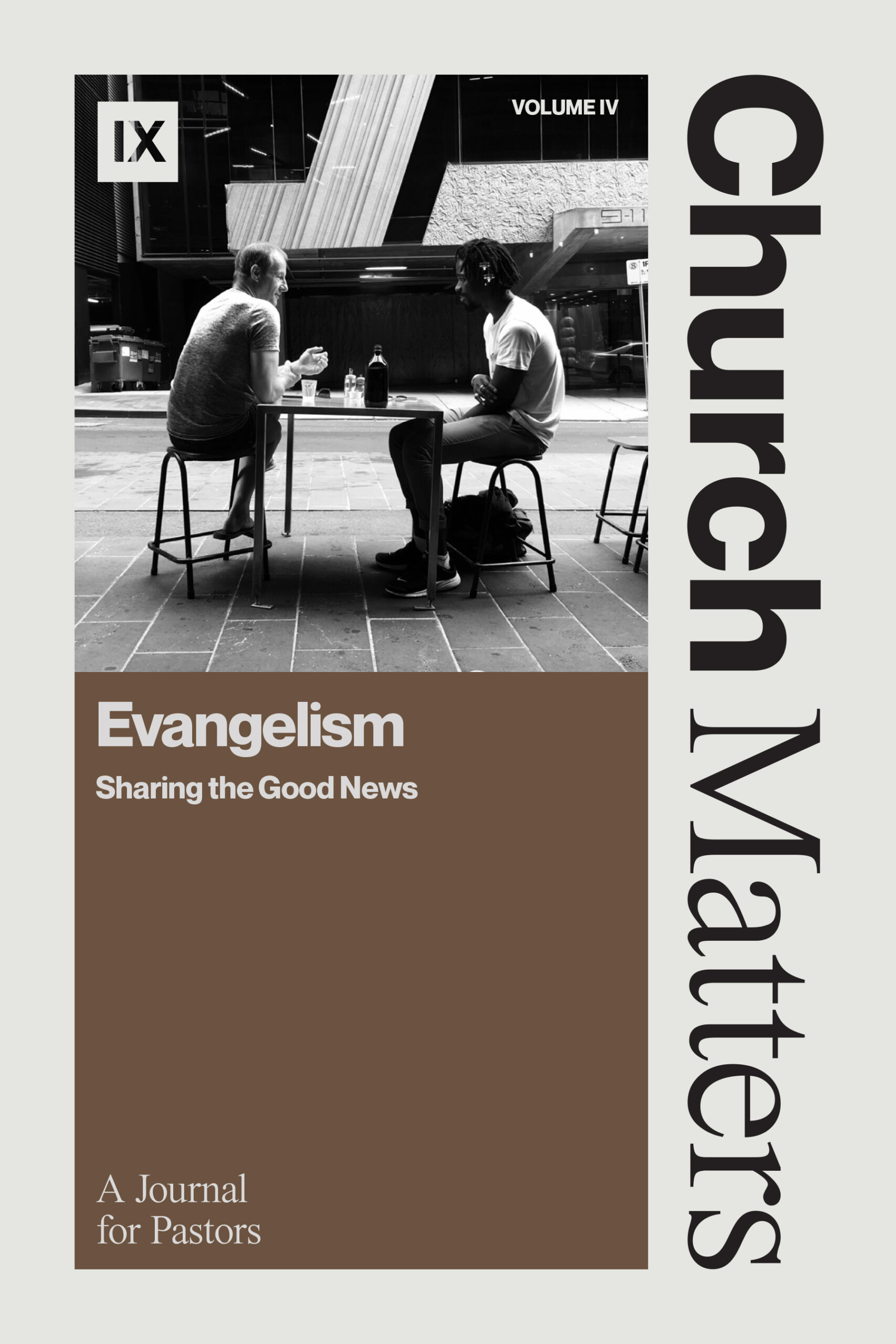Evangelism in Children’s and Youth Ministry
I’ll get right to it: If the children’s and youth ministries in your church are little more than holding pens or recreation outlets so you can do real gospel work among the adults, then you need to repent. Little ones are just as stained with Adam’s sin as anyone else, and the gospel is their only hope.
Know Their Need
Have you ever heard someone say that Jonathan Edwards once called little children “vipers”? Well, that’s not true. He didn’t call them vipers. But he did compare little children to vipers.
In his 1742 work called Some Thoughts Concerning the Present Revival of Religion in New England, here’s what he wrote:
. . . that little children have a negative virtue or innocence, in relation to the positive acts and hurtful effects of vice, is no argument that they have not a corrupt nature within them: for let their nature be ever so corrupt, yet surely it is no wonder that they be not guilty of positive wicked action, before they are capable of any moral action at all. A young viper has a malignant nature, though incapable of doing a malignant action, and at present appearing a harmless creature.[1]
That’s a lot of words to basically say a simple thing: just because kids don’t have the capacity to do really wicked stuff (yet) doesn’t mean that they don’t have a corrupt nature. By comparing a young viper’s ability to do harm with a child’s “corrupt nature,” Edwards was reacting to those who critiqued his “frighting poor innocent children with talk of hellfire, and eternal damnation.”[2]
The Bible’s clear testimony from Genesis 3 onward is that the babies in the womb of pregnant mothers in your church, the toddlers clamoring for Cheerios in your nursery, the boys and girls vying for superiority in the church front lawn, the students in your youth group—they are all guilty before God because they are in Adam and therefore stand as objects of God’s righteous wrath. It is about them, among others, that Paul says, “None is righteous, no, not one; no one understands; no one seeks for God. . . . There is no fear of God before their eyes” (Rom. 3:10b–11, 18). The apostle explains why two chapters later: “Sin came into the world through one man, and death through sin, and so death spread to all men because all sinned” (Rom. 5:12b).
Show Them Christ
Your church’s children need to see and hear Christ from the Scriptures because “faith comes from hearing, and hearing through the word of Christ” (Rom. 10:17).
Our church instructs the children in our nurseries with the gospel beginning at age three. Each Sunday in our three-year-old nursery and children’s Sunday School classes, they hear a Bible story, and we labor to connect that story to the good news of our Lord Jesus Christ.
When they hear of Noah and the flood, we want them to know that God judges sin—including theirs—but that he saves through judgment by the One typified by Noah and his ark. When they hear of David and Goliath, we want them to learn that they experience victory over the enemy of their soul by faith in David’s victorious Son. When we tell them about Queen Esther, we proclaim that God will bring evil schemes to nothing and exalt his people at the end because of his Son’s death and resurrection.
We connect the Bible verses children are memorizing in Awana to the gospel, so they aren’t just disconnected inspirational axioms. When they hear that God is all-knowing from memorizing Psalm 139:1–3, we teach them that one of the marvels of the gospel is that God knows us completely and still accepts us if we have faith in his Son.
In our youth group, we instruct students to think biblically about the wicked gender and sexuality teachings they’re encountering. But a student can understand that God designed marriage for one man and one woman for life and still suffer eternal punishment. What a high school student needs most is to repent and believe the gospel. By God’s grace, the gospel is what we give them as we hold forth Christ in the Scriptures in every gathering.
Keep your gospel proclamation simple. There are other venues for you to hold forth how God helped the church achieve clarity on the hypostatic union and the degree of continuity between the old and new covenants. For now, keep showing children God’s glorious perfection, man’s sin, Christ’s work, and our necessary response.
Encourage Them Wisely
What do you do when a child says, “I believe in Jesus”? I think a good first response is “praise the Lord!” We want to thank God for anything godward in a child’s life. If they think they’ve been saved—even if we know it’s wise to give a profession of faith some time—your response shouldn’t communicate, “No you haven’t!” or, “We’ll just see about that!”
Edwards is once again helpful here. In his letter to a newly converted teenage girl, Edwards urged her to pursue the Lord, just as she did when she was seeking him for salvation. That’s an excellent way to respond to the five-year-old who, when you call them to believe on Christ, says, “Pastor, I already believe in Jesus!” Respond to that precious child, “Hallelujah, sweetheart. Now, keep believing in him all the way to the end.” And then teach and model how to do that.
To be sure, while you don’t want to throw a wet blanket on a child’s profession of faith, you will serve them well to adopt a “wait-and-see” approach that is also hopeful, celebratory, and encouraging. Don’t hastily baptize them and risk giving them false assurance. In fact, you shouldn’t baptize someone you wouldn’t bring into membership (and, by extension, someone you wouldn’t excommunicate for unrepentant sin).
The Bible is crystal clear: every person in your church—from unborn babies to those who come in by walker or cane—is conceived in Adam and needs to be born again in the second Adam. They need to believe in Jesus. So tell everyone of their sin, of God’s just and eternal punishment, and of Christ who died and rose for sinners just like them.
* * * * *
[1] Jonathan Edwards, “Some Thoughts Concerning the Present Revival of Religion in New England” in The Works of Jonathan Edwards, ed. Edward Hickman, vol. 1 (Carlisle, PA: Banner of Truth Trust, 1974), 229.
[2] Ibid., 393.









